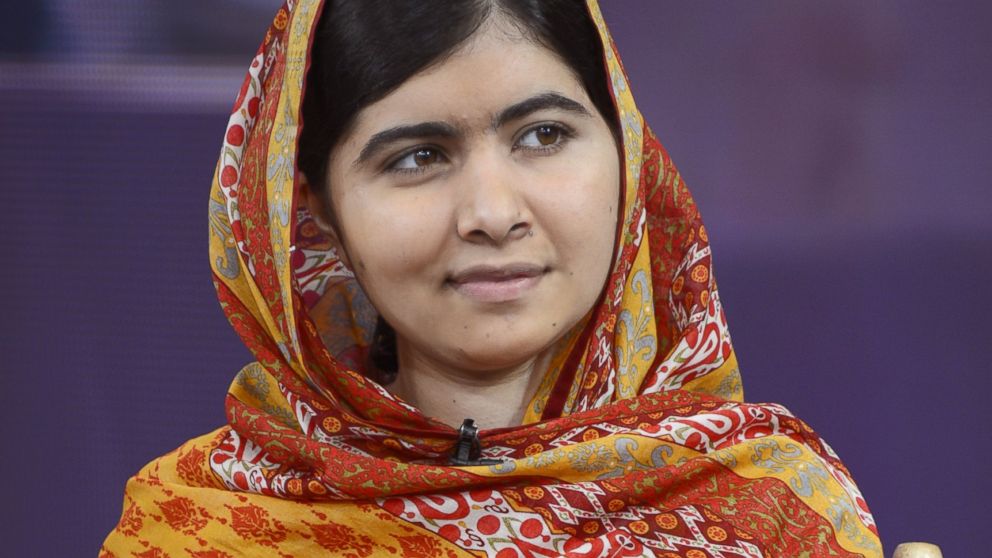Malala’s Mission Thriving 2 Years After Her Attack
The 17-year-old Pakistani activist is up for a second Nobel.

— -- Two years ago today, on Oct. 9, 2012, a masked gunman stepped onto a school bus in northwest Pakistan and shot Malala Yousafzai, then 15, in the head. The assassination attempt had been ordered by the Taliban because she had dared to speak out for the right of all girls to go to school.
Malala, who was critically injured in the attack, survived.
In a speech at the United Nations nine months after she was shot, Malala stepped onto the world stage: “They thought that the bullets would silence us. But they failed,” she said. “And then, out of that silence came thousands of voices. … Weakness, fear and hopelessness died. Strength, power and courage was born.”
Today the 17-year-old has become a global advocate for education, despite continued threats by the Taliban. As chairman of the nonprofit Malala Fund, she traveled to Jordan earlier this year to meet with Syrian refugees, and went to Nigeria on her birthday to shine a light on the Chibok schoolgirls kidnapped by the Boko Haram.
She continues to meet with world leaders and announce grants for organizations that help educate and empower the millions of girls who are denied an education.
And for the second year in a row, Malala Yousafzai has been nominated for the Nobel Peace Prize, which will be announced Friday. Malala, who is now in the tenth-grade in Birmingham, England, plans to be in school all day Friday.
The Malala Fund is poised to make several major advocacy announcements in the weeks ahead. Stay tuned.
A MALALA FUND TIMELINE
Fall 2013: Malala Fund launches under the New Venture Fund.
September: Malala meets with President Obama and confronted him about drone attacks in Pakistan.
October: Malala's memoir "I Am Malala: The Story of the Girl Who Stood Up for Education and was Shot by the Taliban," co-written with British journalist Christina Lamb, was published.
February 2014: Malala visits Syrian refugees to shine a spotlight on the need to educate refugee children and prevent a lost generation. Malala calls on the world community to increase funding and support. Funds two programmatic initiatives to help more Syrian refugee children get an education.
June: Malala Fund supports the Global Partnership for Education, which garnered over $28 billion in pledges with a focus on girls education.
July: Malala Fund launches the # StrongerThan Campaign.Malala visits Nigeria, meets with parents of kidnapped Chibok schoolgirls and girls who escaped the kidnapping. Also meets with President Goodluck Jonathan to advocate for greater action in the return of abducted schoolgirls, resulting in Jonathan agreeing to meet the escaped schoolgirls and the families of some of the girls still in captivity. Malala Fund announces $200,000 in new grants to Nigerian organizations that educate and empower girls. Malala speaks at the Girl Summit in London.
August: Malala joins the UN Secretary-General Ban Ki-moon at the UN to launch 500 days of action on the Millennium Development Goals. Young Reader’s Edition of I am Malala is released.
September: At the Clinton Global Initiative’s 10th Annual Meeting, the Malala Fund makes $3 million multi-year commitment in partnership with Echidna Giving to develop and support developing country leadership in girls’ education, including organizing and funding a girls’ education summit in December 2014.




